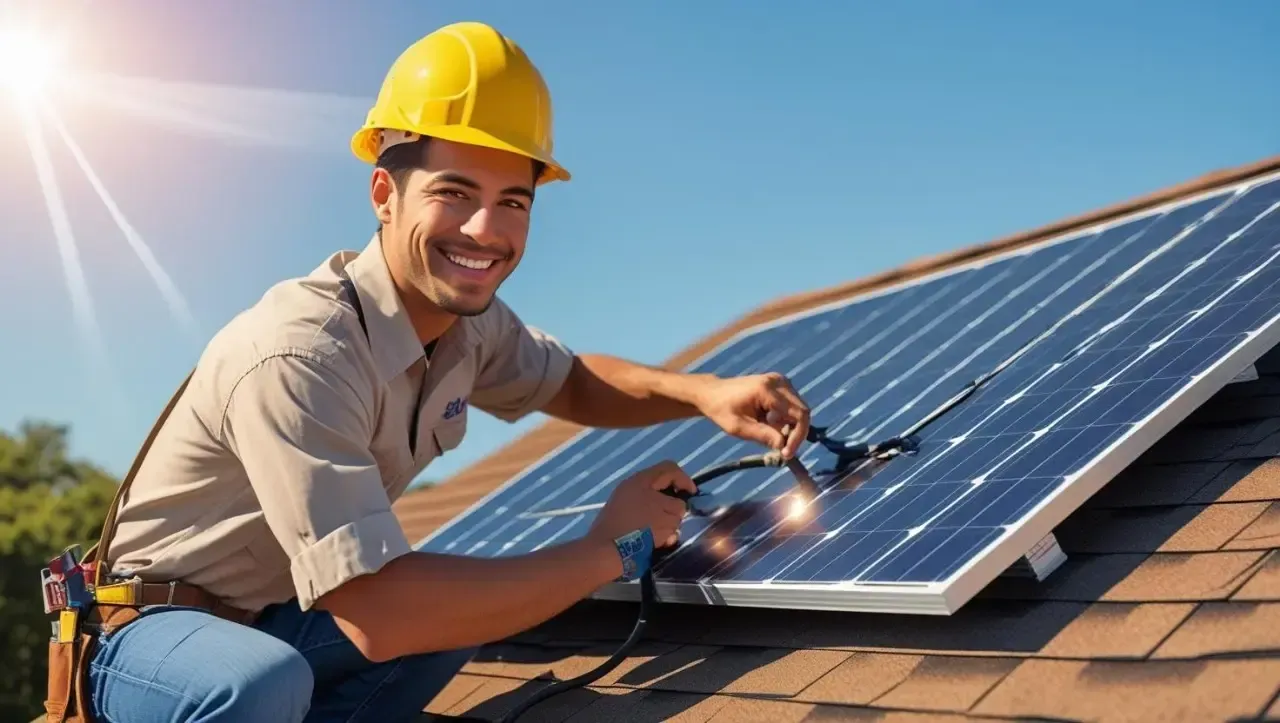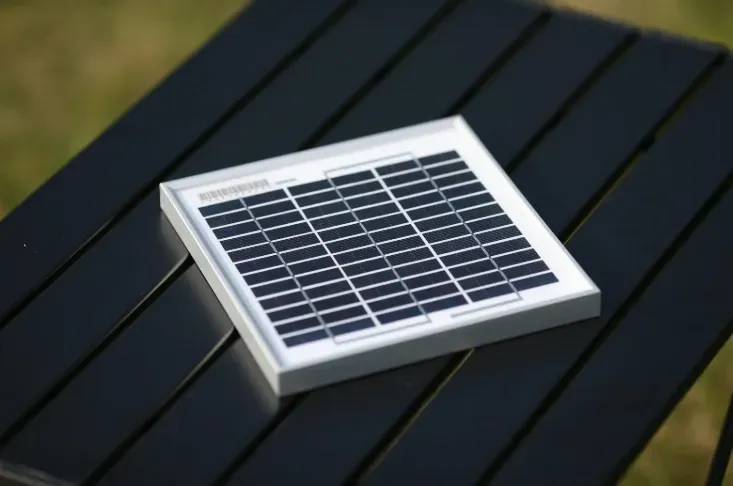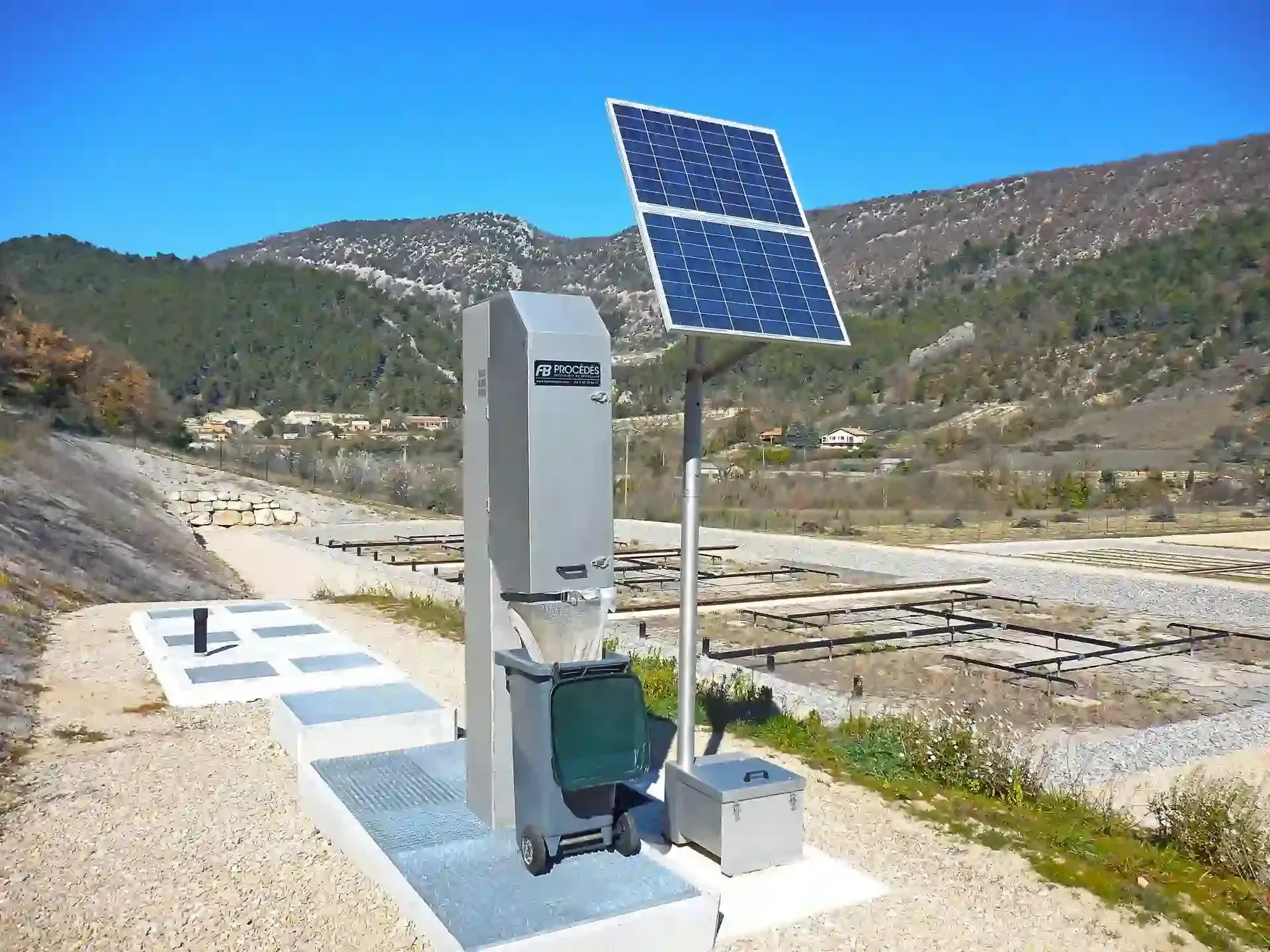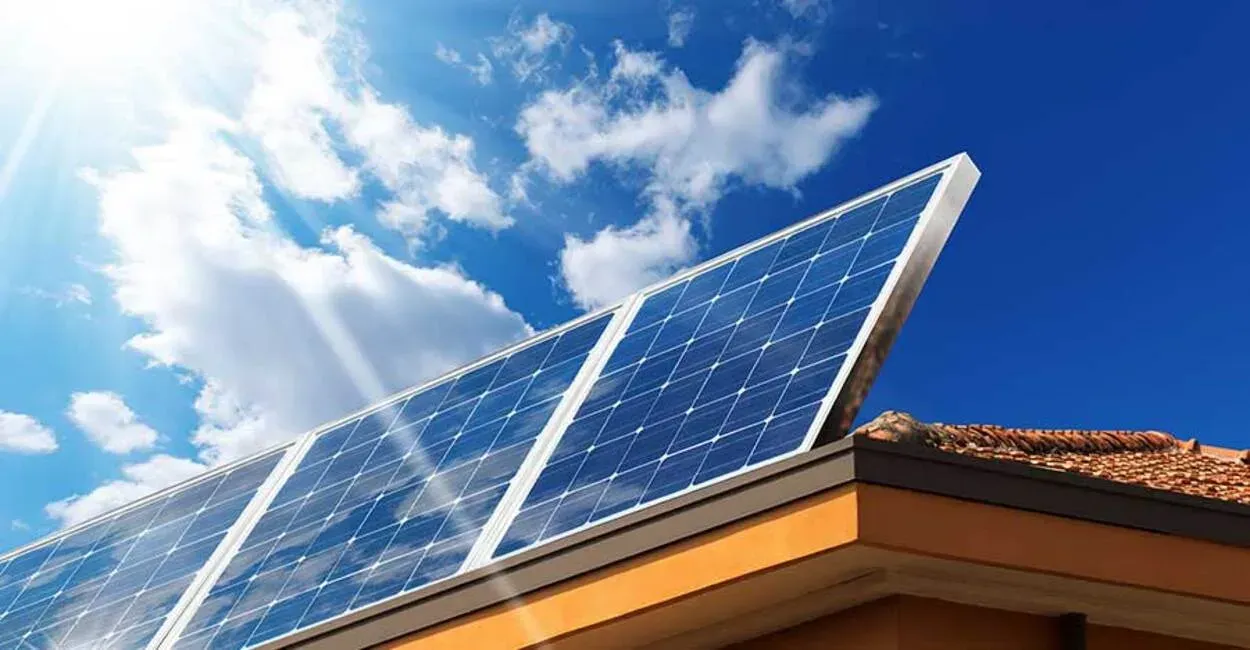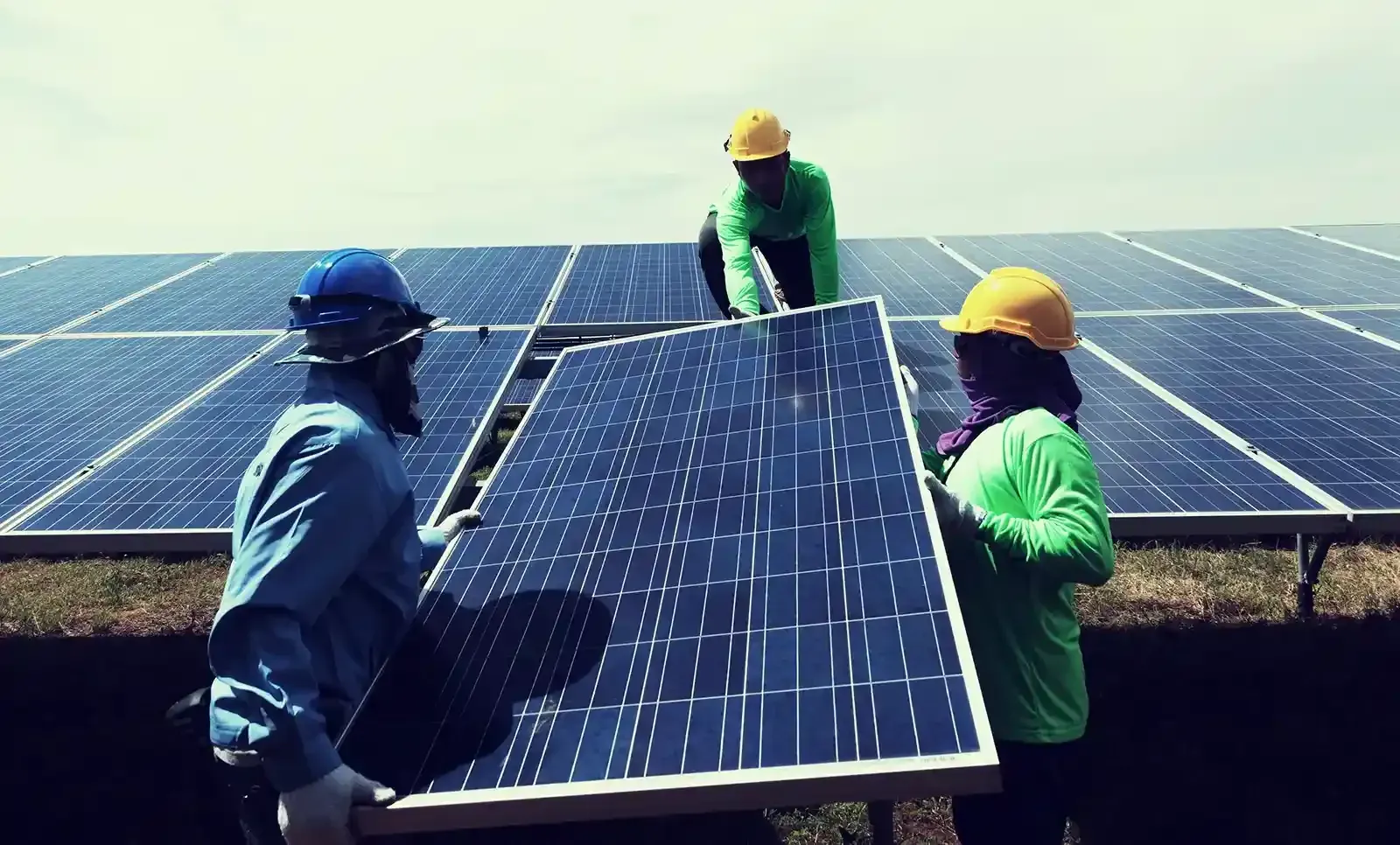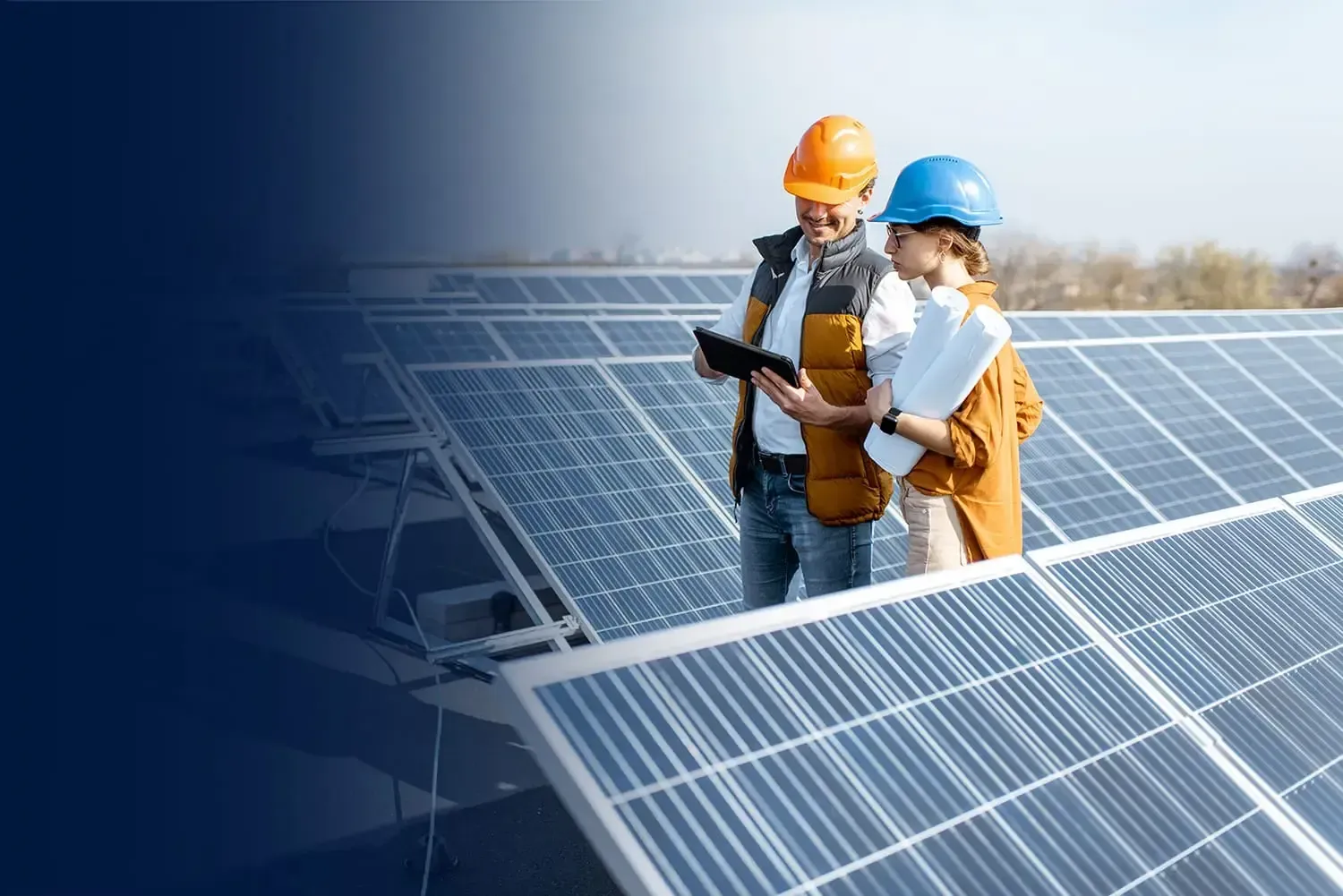The Ultimate Guide to Mounting Solar Panels on Your Roof

Mounting solar panels on your roof is a smart investment. It can cut electricity bills and reduce your carbon footprint. This guide will walk you through the process of solar panel installation. You’ll learn about the benefits, tools, and steps involved. Understanding your roof’s suitability is crucial before starting. Not all roofs are ready for solar panels.
Safety is a top priority. We’ll cover essential precautions to ensure a secure installation. Whether you’re a DIY enthusiast or considering professional help, this guide will provide valuable insights. Get ready to harness the power of the sun!
Why Install Solar Panels on Your Roof?
Installing solar panels on your roof offers numerous benefits. One primary advantage is the significant reduction in electricity bills. By generating your own power, you rely less on the grid, saving money over time.
Solar panels also contribute to environmental sustainability. They help decrease reliance on fossil fuels and reduce greenhouse gas emissions. This shift benefits the planet and future generations.
Additionally, solar panels can enhance your property’s value. Many homebuyers find solar-equipped properties attractive, reflecting eco-friendliness and potential savings.
A few reasons to install solar panels include:
- Lower electricity bills
- Environmental benefits
- Increased property value
Finally, various incentives and rebates are available, making solar panel installation more affordable. These financial incentives can shorten the payback period.
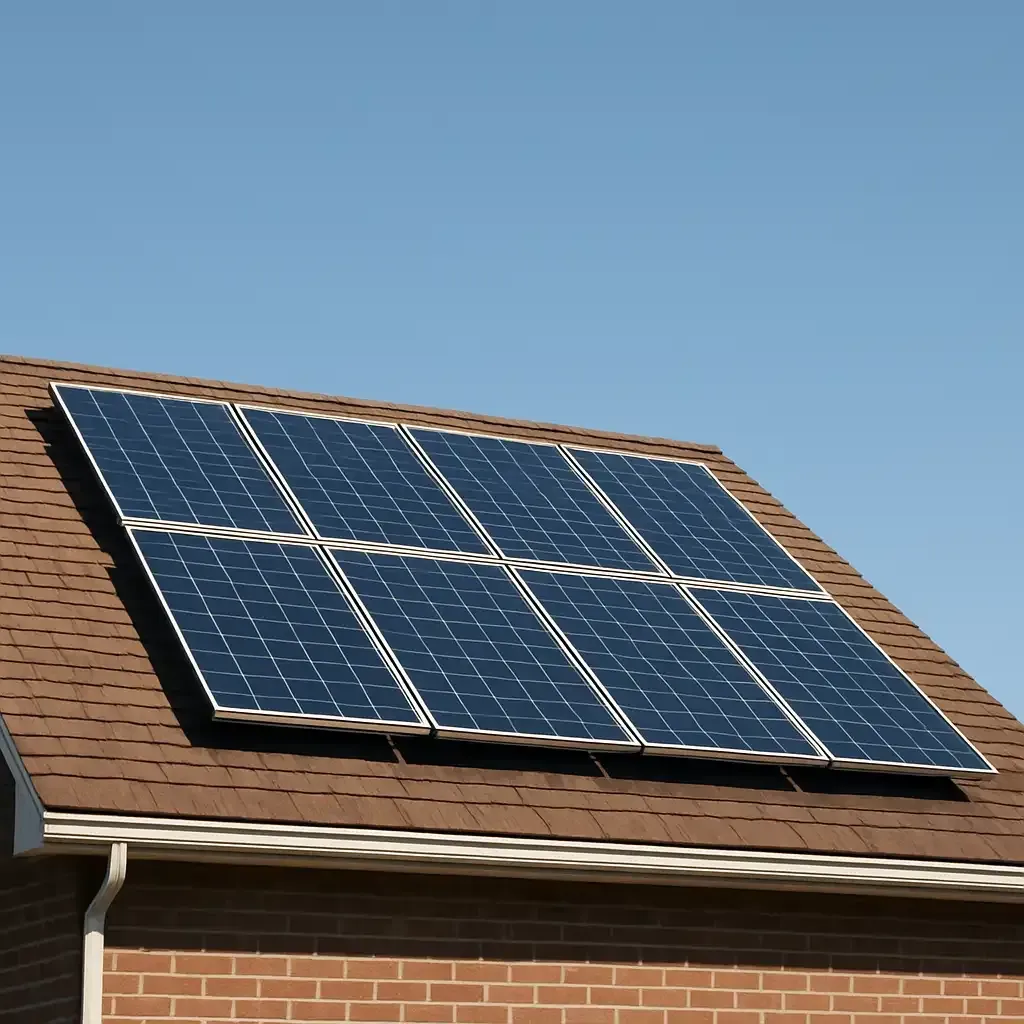
Assessing Your Roof for Solar Panel Installation
Before installing solar panels, assessing your roof is crucial. You need to determine its structural integrity to support the panels. Consulting with a professional can provide reassurance in this initial phase.
The material and age of your roof play significant roles. Certain materials, like metal, are more suitable for solar installations. Older roofs may require replacement or reinforcement before any work begins.
Considering roof orientation is also essential. Ideally, roofs facing south receive the most sunlight throughout the day. This orientation maximizes energy production from your solar panels.
A checklist for assessing your roof:
- Check roof material and age
- Ensure structural integrity
- Determine sun exposure and orientation
Don’t forget to evaluate any possible shading. Trees or nearby buildings casting shadows can significantly reduce solar panel efficiency.
Types of Solar Panel Mounts and Roof Compatibility
When mounting solar panels on your roof, choosing the right mount type is essential. Different mounts cater to various roof structures and can affect efficiency and aesthetics. Understanding these options helps in selecting the most compatible mount for your home.
There are three main types of solar panel mounts. Flush mounts are common for sloped roofs, sitting close to the surface. Roof-ground mounts, suitable for both ground and roof setups, offer more flexibility in orientation. Pole mounts elevate panels, allowing for easy adjustments and increased airflow.
Compatibility varies with roof material. Shingle roofs often use flush mounts, while metal roofs might benefit from pole mounts. It’s important to ensure the chosen mount doesn’t compromise your roof’s integrity.
Key types of mounts:
- Flush mounts
- Roof-ground mounts
- Pole mounts
Selecting the right mount enhances both function and appearance. Ensure your choice aligns with your roof type, maximizing performance and longevity.
Tools and Materials Needed for Mounting Solar Panels
Before you begin mounting solar panels, gather the necessary tools and materials. This preparation ensures a smooth installation process. Having the right equipment not only saves time but also enhances safety and precision.
Essential tools include a drill, wrenches, and a ladder. You’ll also need mounting brackets, rails, and clamps specific to your roof type. Make sure to have a multimeter to check electrical connections. These items are vital for securing and positioning your panels effectively.
Here’s a checklist of essential tools and materials:
- Drill and bits
- Wrenches
- Ladder
- Mounting brackets
- Rails and clamps
- Multimeter
Equipped with these items, you’ll be ready for a successful solar panel installation.
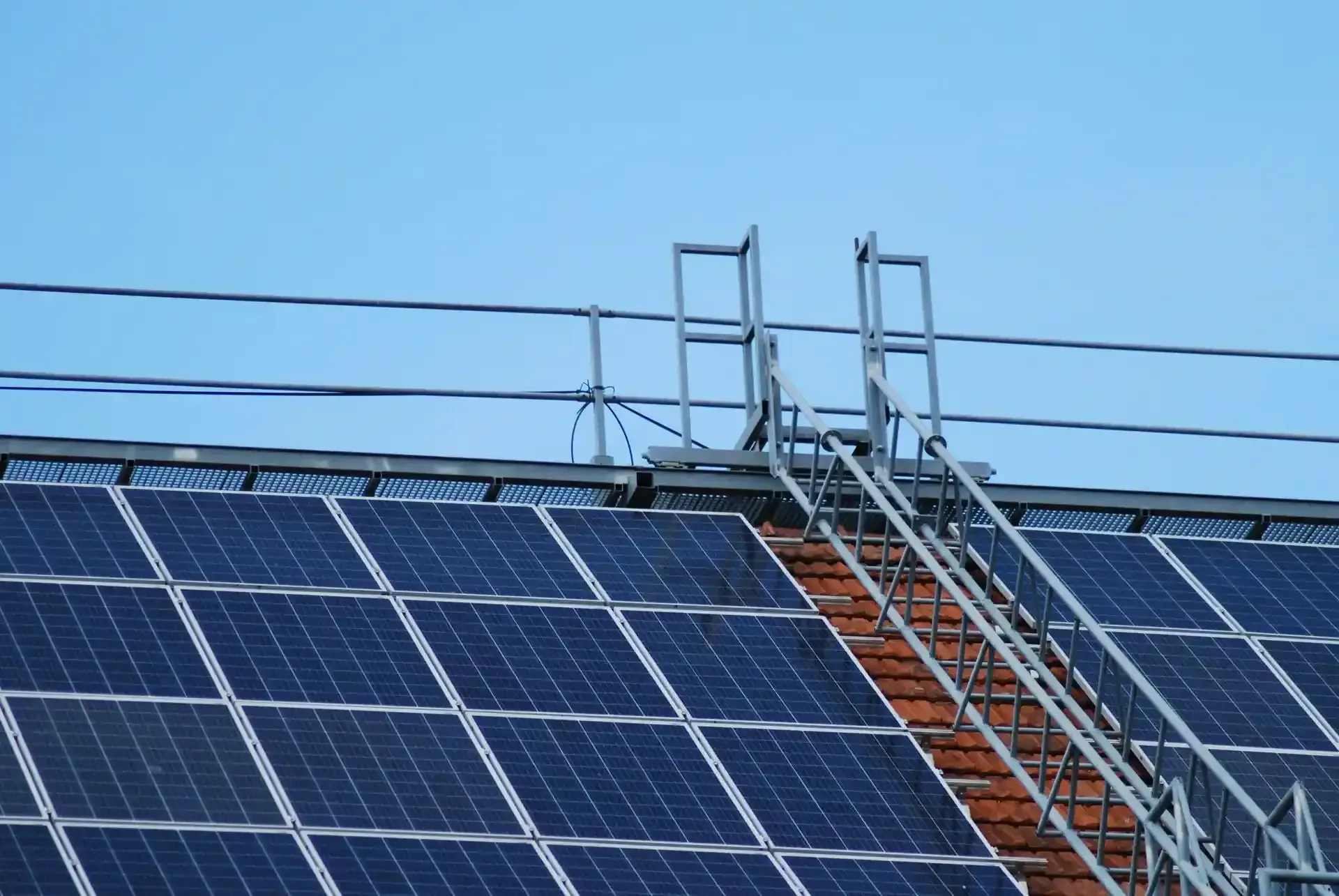
Step-by-Step Guide to Mounting Solar Panels on Roof
Mounting solar panels can be a rewarding DIY project. Start by planning your panel layout. This involves determining the optimal positioning and spacing for maximum sunlight exposure.
Next, locate the roof rafters. Rafters provide the necessary support for your solar panels. Use a stud finder and mark the rafters’ positions with chalk to ensure accuracy and security.
Begin by attaching the mounting brackets. Align them with the marked rafter locations. Secure each bracket tightly with bolts to withstand wind and weather conditions.
Install the rails onto the brackets. These rails serve as the base for your solar panels. Double-check their alignment and ensure they are secure and level to prevent any issues later on.
Lift and position each solar panel onto the rails. This may require two people for safety. Carefully affix each panel in place with clamps and brackets to ensure stability.
Connect the panels with wiring next. Be mindful of polarity and adhere to manufacturer guidelines. Use a multimeter to verify the correct connection and check for any electrical issues.
Once the panels are secured and wired, integrate them with your home’s electrical system. This step might require professional help. Proper connection ensures energy flows efficiently and safely.
Finally, conduct a thorough inspection of the installation. Check all bolts and connections. Make sure everything is tight and secure to avoid future problems. This final check ensures your solar panel system operates effectively and safely.
Here’s a quick overview of the process:
- Plan the panel layout
- Locate and mark rafters
- Attach mounting brackets
- Install rails
- Position and secure panels
- Connect wiring
- Integrate with the electrical system
- Final inspection
With this guide, you’ll mount your solar panels confidently and enjoy the benefits of solar energy.

Safety Considerations and Best Practices
Safety is paramount when mounting solar panels on your roof. Begin by ensuring a stable working environment. Avoid working in adverse weather conditions such as wind or rain, which can increase risks.
Wear protective gear like hard hats, gloves, and non-slip shoes. These minimize accidents and provide a basic layer of safety while working on your roof. Additionally, use a safety harness for added protection against falls.
Here are a few best practices to follow:
- Secure the ladder: Ensure it is stable before climbing.
- Check equipment: Use tools that are in good condition.
- Clear the area: Remove obstacles and debris from the roof.
By prioritizing safety, you ensure a smooth installation process. It’s crucial to follow these guidelines to prevent accidents and ensure the longevity of your solar panel system.
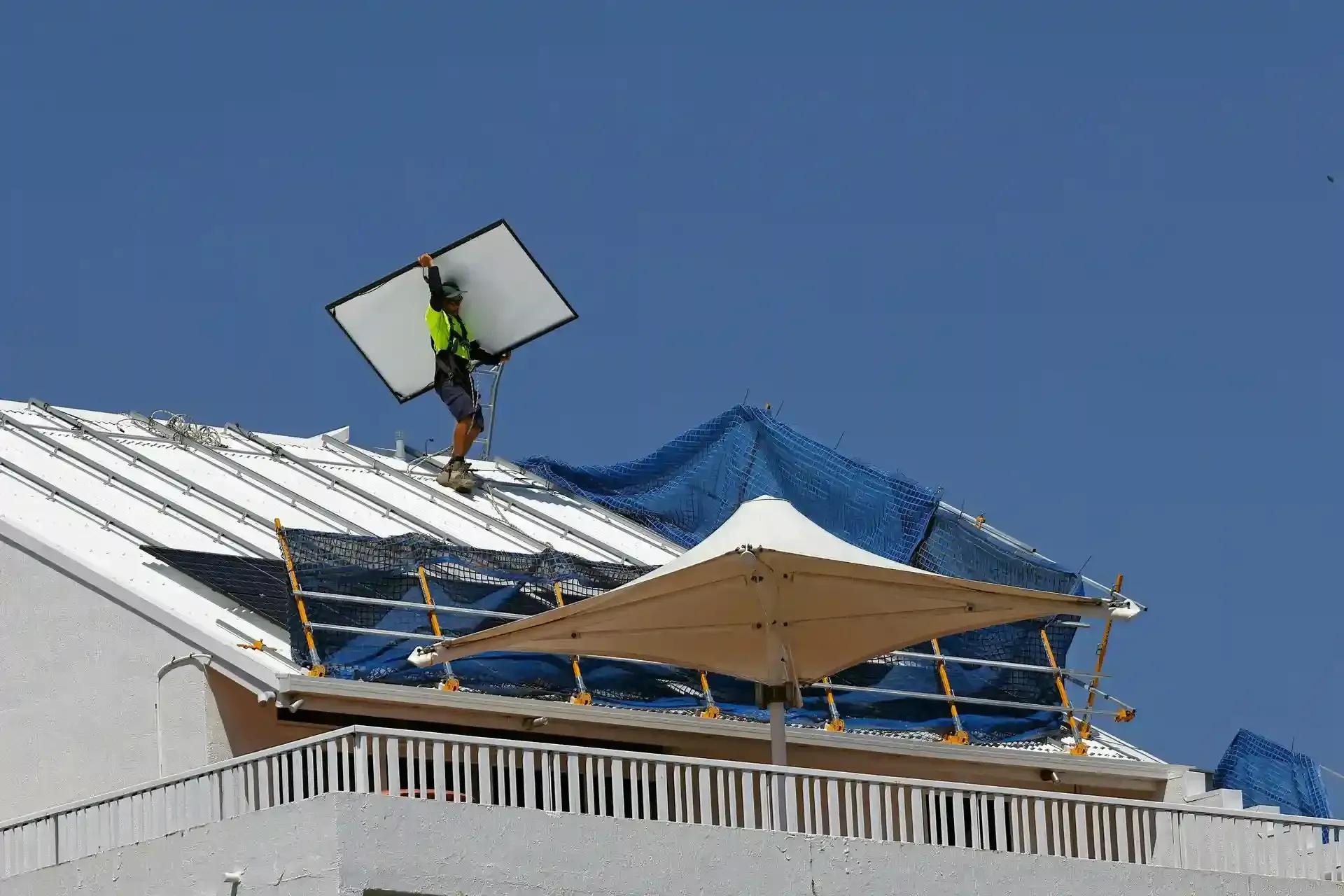
Permits, Codes, and Professional vs. DIY Installation
Before beginning any solar panel installation, check the local building codes. Securing the necessary permits is a vital first step. This ensures your installation complies with safety and structural regulations.
Consider whether you want to tackle the installation yourself or hire a professional. DIY installation can save you money, but it requires knowledge and preparation. A professional brings expertise and can ensure that all code requirements are met.
Here’s how to decide:
- Experience Level: Assess your comfort with technical tasks.
- Budget Concerns: Weigh the cost benefits of DIY versus hiring experts.
- Time Availability: Consider the time you have for installation.
Professional installers can also offer warranties, which provide peace of mind. Choosing a professional or DIY approach depends on your specific needs and abilities.
Maintenance and Monitoring After Installation
Once your solar panels are mounted, regular maintenance ensures they perform optimally. Cleaning the panels to remove dust and debris is crucial. Also, inspect connections to prevent any electrical issues.
Monitoring your system’s performance can help spot issues early. Many systems offer online monitoring tools. These tools allow you to track energy production and consumption.
Key maintenance tasks include:
- Routine Cleaning: Wash away dirt and bird droppings.
- Connection Checks: Ensure all electrical connections are secure.
- Performance Monitoring: Use tools to track energy output.
By keeping up with maintenance and monitoring, you ensure your solar investment remains efficient for years. Regular care can help avoid larger, costly repairs down the line.
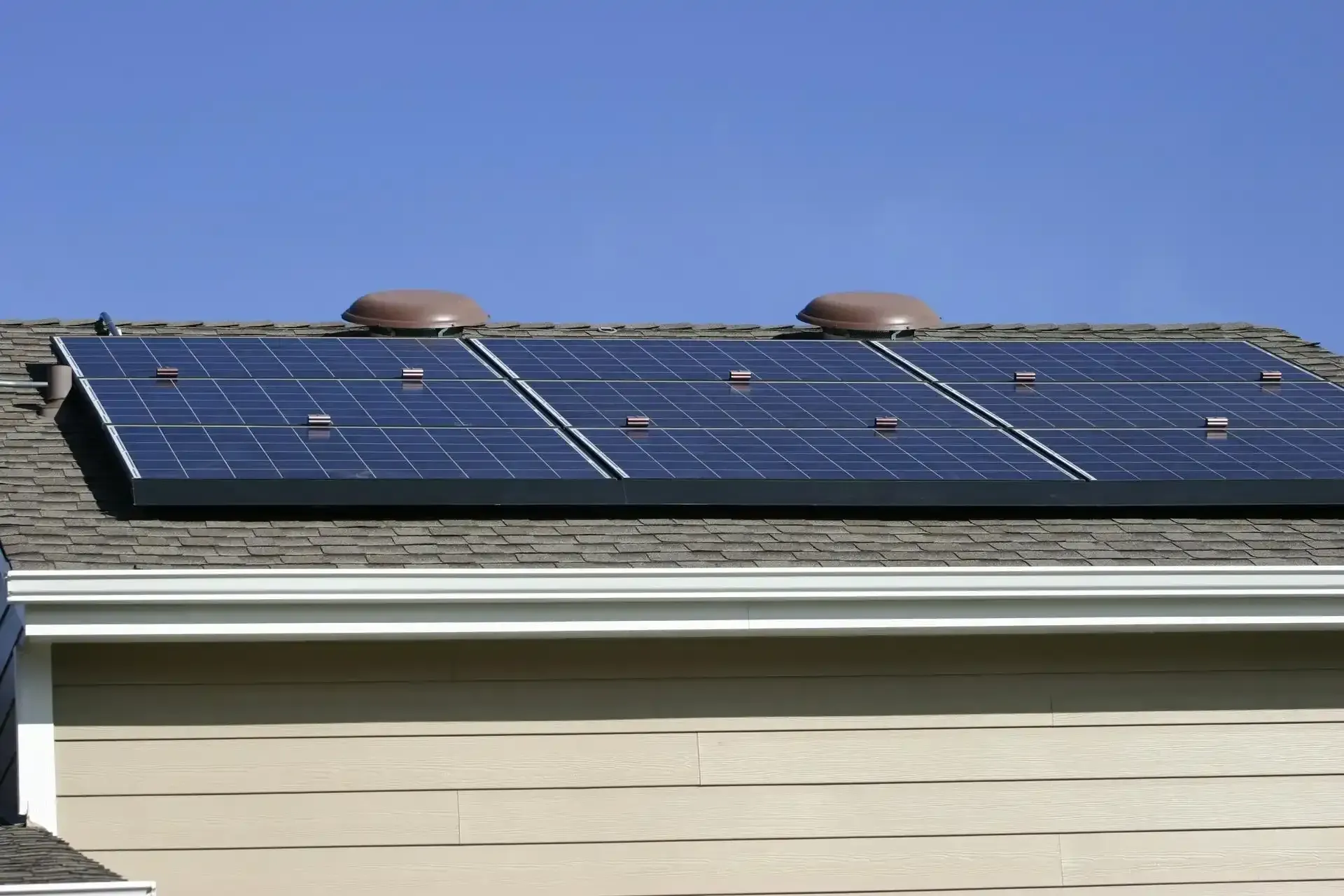
Costs, Incentives, and Payback Period
The initial cost of mounting solar panels on your roof can be significant. However, many incentives offset these costs. Available financial incentives can include tax credits, rebates, and net metering programs.
Understanding your system’s payback period helps assess its value. Generally, solar panels pay for themselves in 5-10 years. This period depends on installation costs, energy prices, and available incentives.
Key points to consider:
- Initial Investment: Consider upfront costs and potential financing options.
- Incentives: Explore federal, state, and local rebates.
- Payback Estimates: Calculate your break-even point.
By leveraging available incentives, you can reduce upfront costs significantly. Consequently, the financial and environmental rewards make solar a wise choice.
Common Mistakes to Avoid When Mounting Solar Panels
Avoiding common mistakes ensures a smooth solar panel installation. Many overlook crucial factors affecting the system’s efficiency and longevity.
Key mistakes to steer clear of include:
- Ignoring Roof Condition: Assess structural integrity first.
- Improper Panel Angle: Optimize for maximum sun exposure.
- Neglecting Shading Considerations: Position panels to avoid shadows.
By addressing these potential pitfalls, you safeguard your investment and ensure optimal performance. Proper planning and execution lead to a successful and efficient solar energy system.
Conclusion: Is Mounting Solar Panels on Your Roof Worth It?
Mounting solar panels on your roof presents a compelling investment. They offer reduced energy bills and boost property value.
The environmental benefits are equally significant. Solar panels help decrease reliance on fossil fuels and lower greenhouse gas emissions.
With available incentives and long-term savings, the financial benefits are clear. However, it’s crucial to assess your specific needs and roof conditions.
If executed correctly, solar panel installation can be a rewarding endeavor. It supports both your financial goals and environmental responsibility. Embrace sustainable energy and enjoy the lasting impact.


